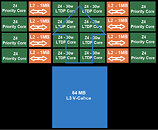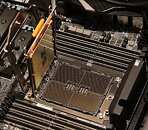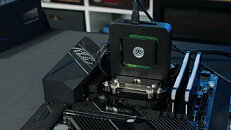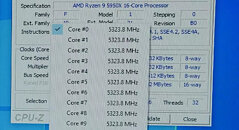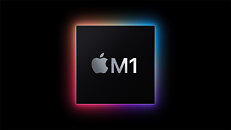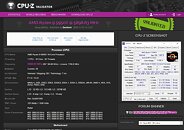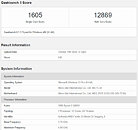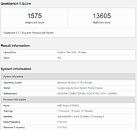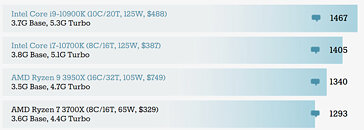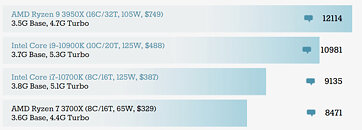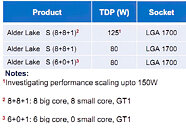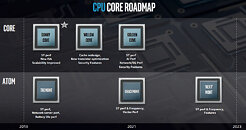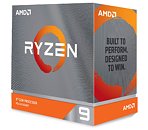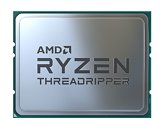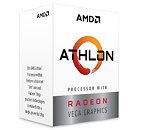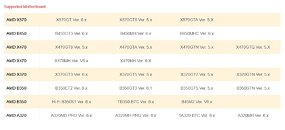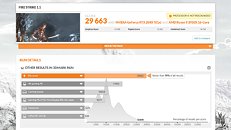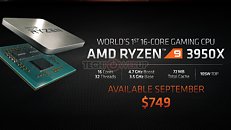
DDR5 Memory Boosts Intel Raptor Lake Performance by up to 20% Compared to DDR4
As we approach the launch of Intel's upcoming Raptor Lake desktop processors, we are getting more leaks of testing performed by system integrators and 3rd parties that have early access to the engineering sample (ES) chips. A few days ago, we saw an Intel Core i7-13700K CPU run Geekbench 5 benchmark with the older DDR4 memory on ASRock Z690 Steel Legend WiFi 6E. Today, we are seeing a similar test performed on the same processor, with ASRock Z690 Steel Legend WiFi 6E/D5 equipped with DDR5 memory. While the previous DDR4 testing used modules running at 3200 MT/s, the DDR5 testing uses 5200 MT/s rated DRAM with unknown timings and setup.
As far as performance goes, the single-core result of the 16-core Intel Core i7-13700K processor was 2090 points with DDR4, while DDR5 showed a slight regression of 2069 points. Of course, this could be attributed to the margin of error. As far as multi-core performance goes, the DDR4 testing managed to produce 16542 points, whereas the DDR5-equipped platform scored 19811 points. This is an immediate 20% performance uplift in multi-core score. It shows that all the cores present in Raptor Lake processors are starving for bandwidth, and a faster memory protocol can bring quite an improvement. As usual, we have to wait to confirm this information with our testing so that we can draw more conclusions.
As far as performance goes, the single-core result of the 16-core Intel Core i7-13700K processor was 2090 points with DDR4, while DDR5 showed a slight regression of 2069 points. Of course, this could be attributed to the margin of error. As far as multi-core performance goes, the DDR4 testing managed to produce 16542 points, whereas the DDR5-equipped platform scored 19811 points. This is an immediate 20% performance uplift in multi-core score. It shows that all the cores present in Raptor Lake processors are starving for bandwidth, and a faster memory protocol can bring quite an improvement. As usual, we have to wait to confirm this information with our testing so that we can draw more conclusions.

















